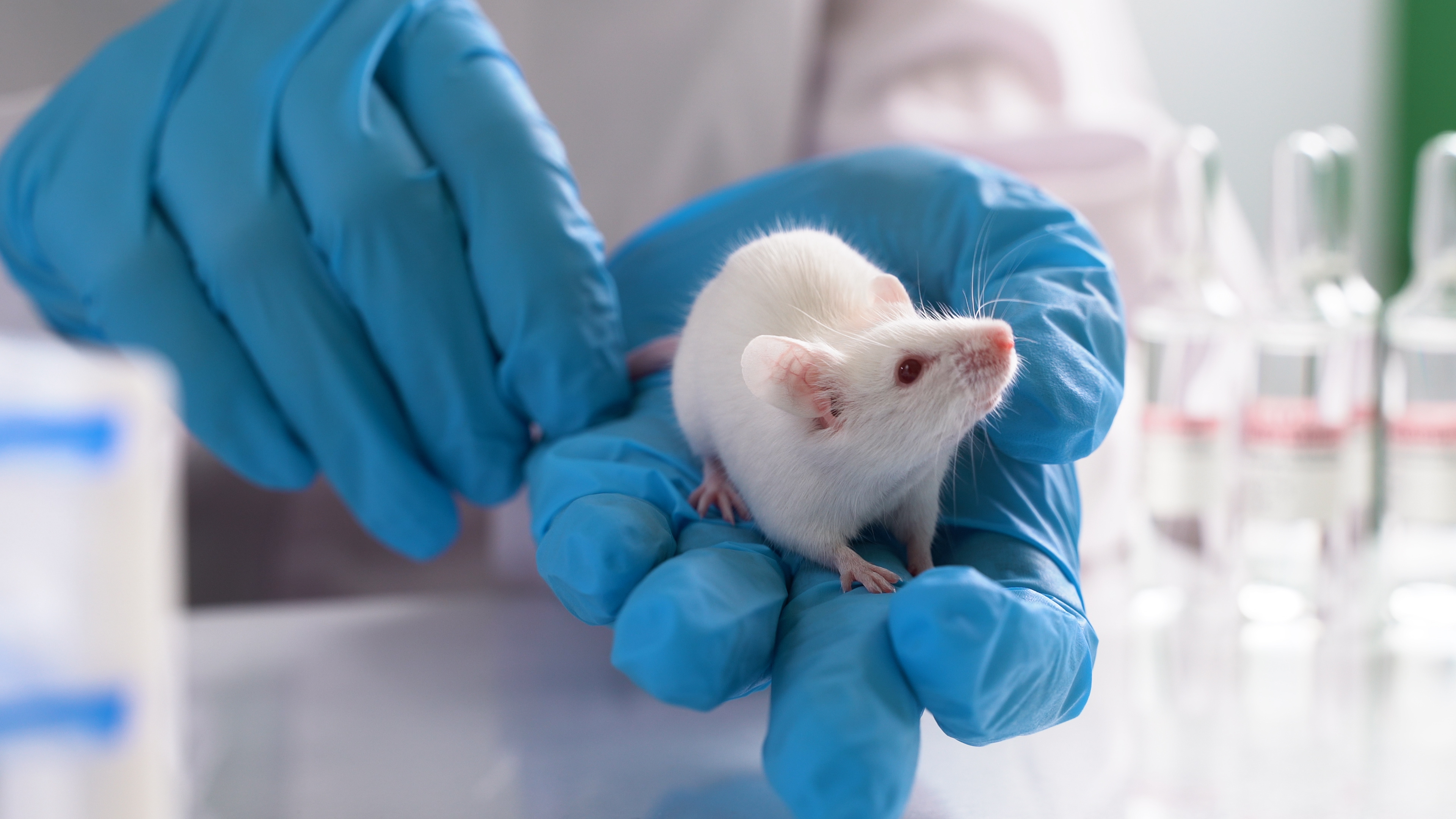Researchers have been growing mini human brains and other organs from stem cells for years, trying to find ways to implant them and see responses to things like sight, smell, and touch. Now, in a breakthrough experiment, researchers who implanted human brains into mice have finally seen real-time responses to what the mice were seeing.
This discovery is part of an ongoing push to revert adult skin cells into an immature state. These immature cells can then be used to form just about any other type of cell in the body, allowing researchers to grow mini human brains. Some have even grown mini livers in living patients. While growing them has been sorted, though, implanting them successfully is another story.
That’s where this most recent bit of research comes into play. Last October, a team of researchers at Stanford began to implant human brain organoids into rats for the first time. Upon doing so, they discovered that the mini human brains formed connections with the rat’s neurons.

Now, in a new study from scientists at the University of California (UC) San Diego, the researchers were able to see the mini brains respond directly to the stimulation around them. It’s a huge breakthrough, and one that will no doubt help lead to additional research in the matter.
The researchers ran an experiment where they flashed bright white light in front of the rats. They then watched the responses from the different cells in the mini human brains to see how they would respond. The graphene electrodes used to measure the response showed very noticeable electrical spiking, which appeared to propagate from the visual cortex of the brain.
This is such a huge deal because previous attempts to monitor the mini human brains have been difficult due to the brain activity only lasting a few milliseconds, something that technology has had difficulty capturing a record of. Now, though, the team at UC San Diego was able to combine two experimental techniques together to image the brain cells.








